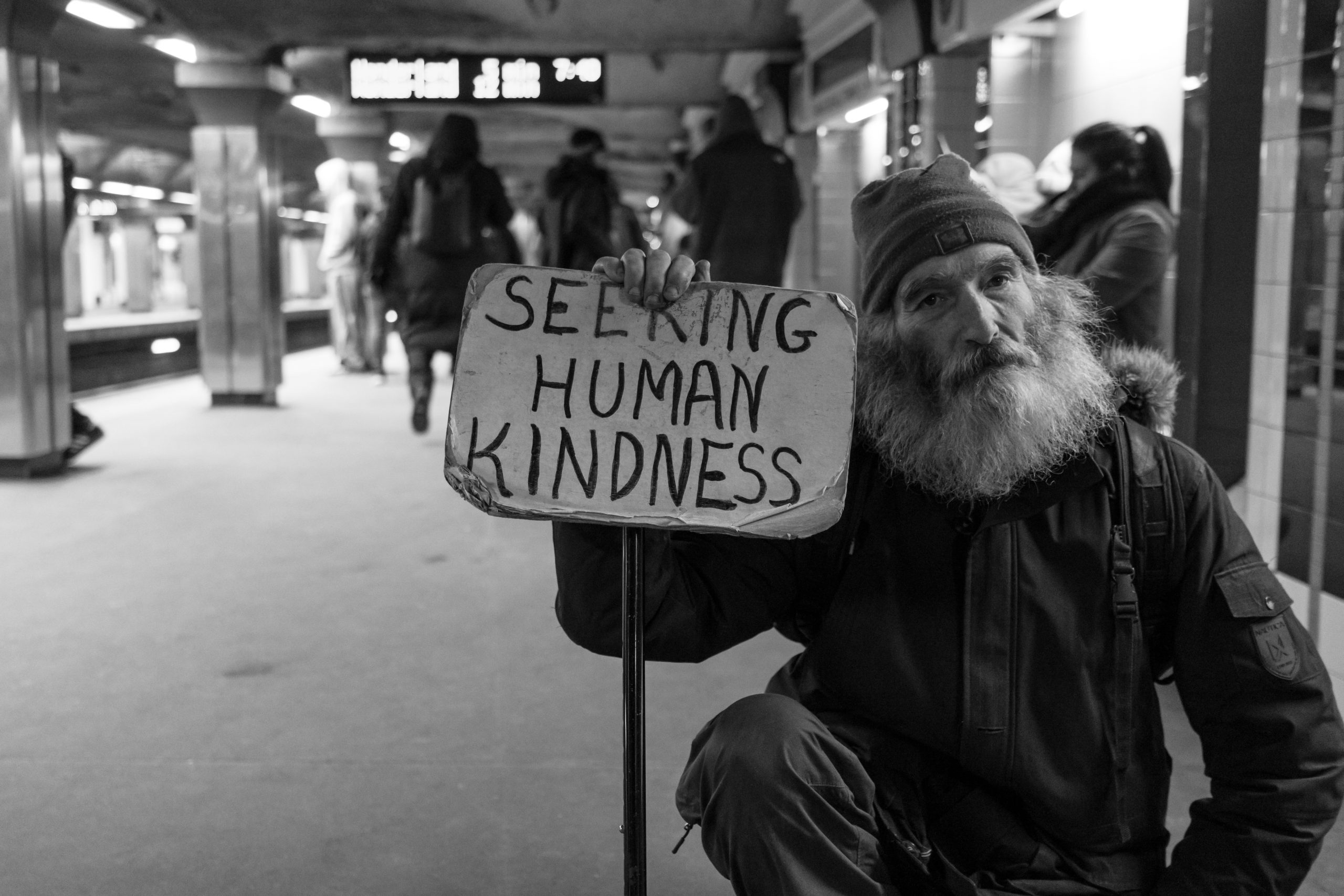Since its emergence in early February 2020, COVID-19 has spread to more than 6 million people across the globe and over 400,000 people have died. As is the case with any disease, some portions of the population are at a greater risk of contracting and dying from the disease. This includes groups typically at risk from infectious diseases, such as the very young, the elderly, or those with weak immune systems.
For many people, the symptoms are relatively mild and include typical flu-like symptoms. But for at-risk people, COVID-19 infection can be a serious and deadly manner.
Populations At Risk for Coronavirus
Senior Citizens
Although there is still relatively limited data, the evidence we have indicates that senior citizens have been hit the hardest by COVID-19. Senior citizens, in general, are more likely to have pre-existing health conditions such as cardiovascular disease, diabetes, or respiratory sickness. These comorbidities can greatly increase the risk of COVID-19 related death.
So far, the most comprehensive study on COVID-19 mortality rates in the senior population indicates a mortality rate of 13.4% for patients 80 years or older. This figure is compared to a 1.255 chance for people in their 50s and a 0.3% chance for those younger than 40.
There is some nuance to this data. Senior deaths related to COVID-19 heavily correlate with pre-existing conditions. This means that age may not be the most important metric, but underlying health conditions. In other words, a 75-year-old who is generally healthy and active can stand a better chance of surviving than a 50-year-old with underlying conditions.
Race/Ethnicity
The CDC has also discovered that racial and ethnic minorities are bearing the brunt of the pandemic. According to a CDC report, approximately 33% of patients hospitalized with COVID-19 are black, even though black people only make up about 13% of the community population. Another study based in New York City found that COVID-19 death rates among black people and Hispanic people are substantially higher than those for white people (92.3 and 74.3 out of 100,000, compared to 45.2 out of 100,000, respectively).
Various social factors affect minority populations disproportionate risk. For example, ethnic and racial minorities are more likely to live in densely populated urban areas, due to institutionalized segregation policies of the past. Members of minority communities also tend to live further away from grocery stores and medical centers. Moreover, some conditions are more prevalent in minority populations due to inadequate and unequal access to healthcare resources.
Lastly, racial and ethnic minorities are more likely to work in essential jobs that cannot be performed remotely. These people are required to still work outside their homes despite the risks. For instance, nearly a quarter of black workers are employed in the service industry, compared to 16 of white workers.
Disabled Persons
Disabled people are not inherently at a greater risk for disease, but some disabilities may increase the risk of specific diseases. Some people with disabilities might have underlying medical conditions that can increase the risk of contracting and dying from COVID-19.
It is true that adults with disabilities are 3 times more likely to have a chronic underlying medical condition than adults without a disability. Disabled adults are more likely to have heart disease, diabetes, or cancer. So while disability itself may not be associated with an increased risk of developing COVID-19, disabled adults are more likely to have comorbidities.
Certain groups of disabled people may be at a higher risk for reasons unrelated to underlying conditions. For example, disabled people who have limited mobility and must maintain contact with direct support providers may be at a higher risk simply because they have to come into contact with people on a regular basis. Many disabled people are also low-income and so are at risk due to factors associated with having a low income.
Homeless
People who are homeless are also at an increased risk of developing COVID-19, most often because of a lack of sanitary living conditions and a lack of daily sanitary care. Homeless people are also much more likely to have underlying mental and physical health conditions which are co-occurring factors to COVID-19 infection.
Managing COVID-19 amongst homeless populations poses unique problems regarding social distancing, quarantining, and treatment. Most homeless people are simply unable to maintain social distancing rules or maintain any kind of quarantine or other recommended procedure by the CDC. Many cities have decided to leave homeless encampments alone during the crisis but other cities have continued to remove homeless people from dense encampments.
The CDC has released guidelines for people experiencing homelessness, but many of them are difficult for homeless people to abide by. For example, it is unrealistic to expect a homeless person to have regular access to hand sanitizer or other kinds of PPE such as facemasks or gloves.
Many cities have also instituted public programs for testing homeless populations, though testing rates are still low. The main issues in managing infection among the homeless population are the lack of permanent residence and inability to social distance properly.
Managing at Risk Populations
The method of managing at-risk populations differed depending on the specific population. Addressing disparities in healthcare access that contribute to disproportionate mortality rates is a necessary feature of effective pandemic response. There are some features that increase risk, such as systemic inequalities, that cannot be addressed by a singular pandemic response.
CareBand’s SafeTrack wearable devices are a potential solution for the improved monitoring of at-risk populations. SafeTrack’s catalog of wearable devices utilizes geolocation services and low-power wide-area networks (LPWANs) to trace contacts among the infected and enforce social distancing measures. SafeTrack solutions are low-cost, low-power, highly customizable, and can be configured using nothing but a smartphone.
SafeTrack wearable devices can be used to provide cloud-based public health management solutions to low-income populations that might lack a more sophisticated communications infrastructure. SafeTrack devices can also be scaled to populations of virtually any size.






